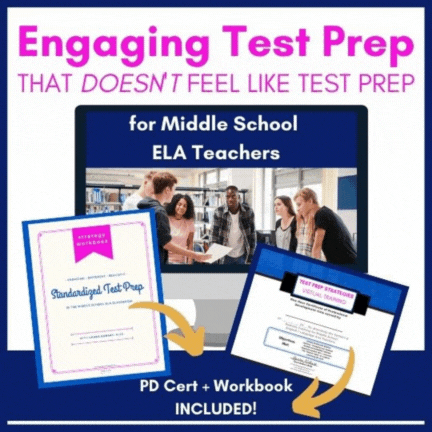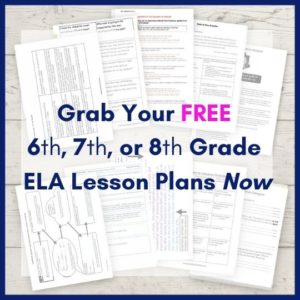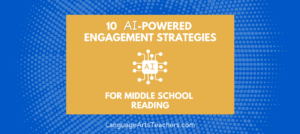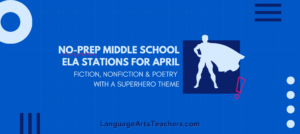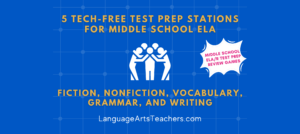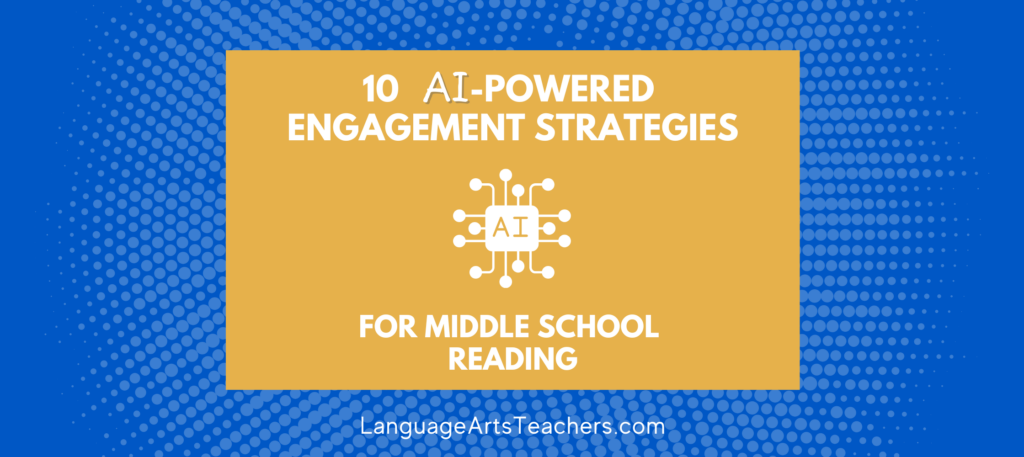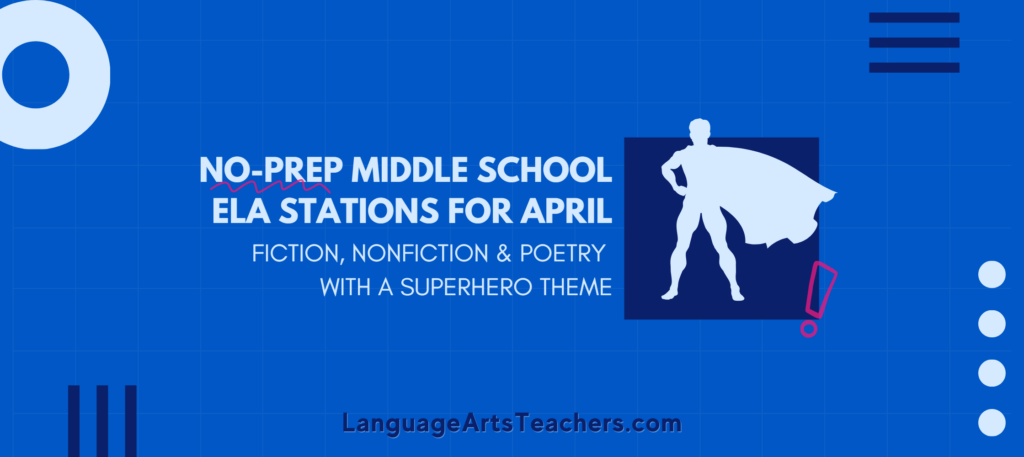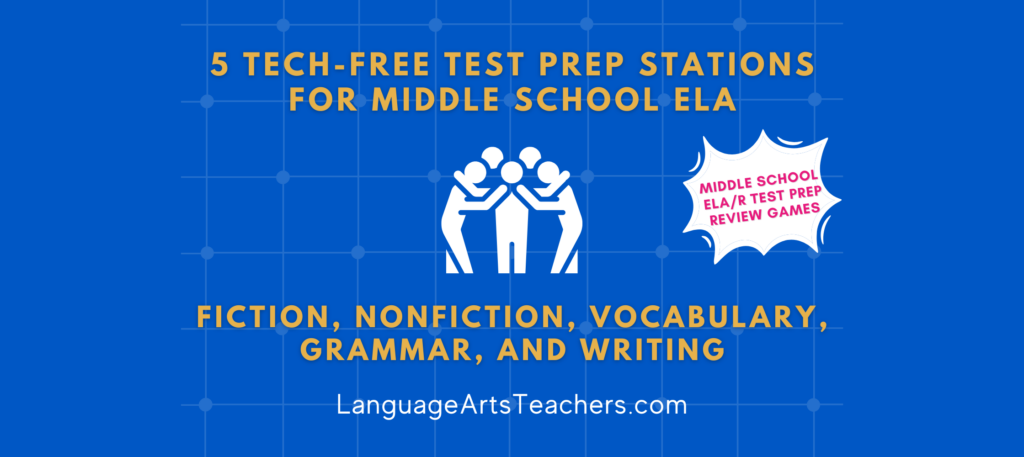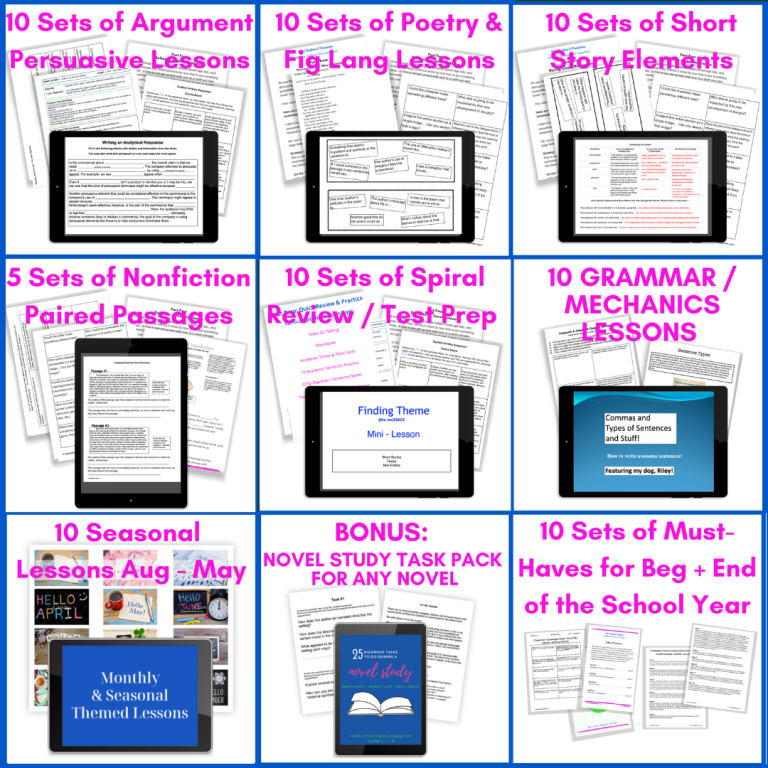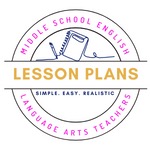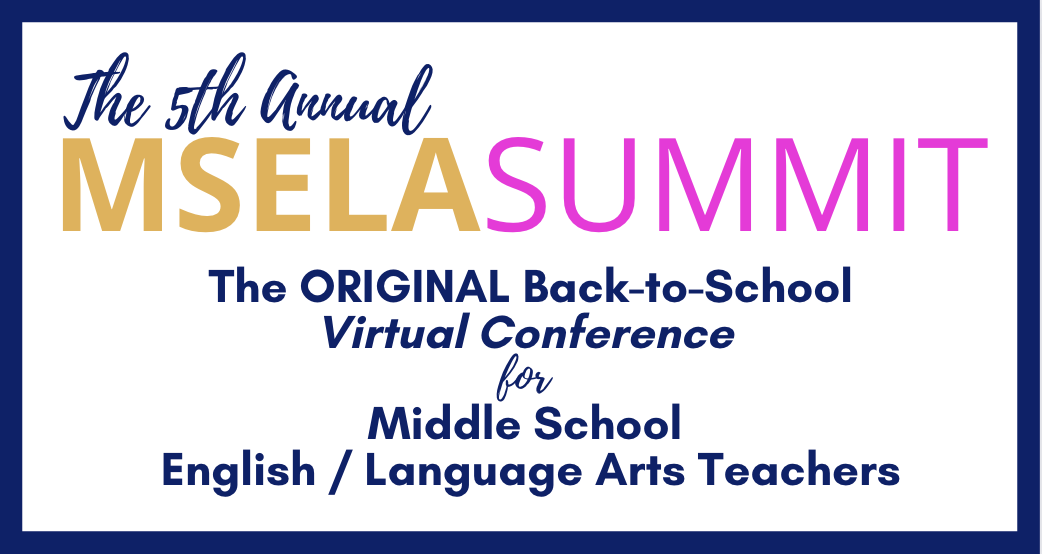Text Structures
Concrete to Abstract

How do we get students to not only understand what a text structure is, but to know why it’s important and why it matters?
Back up– do our students even know what the word “structure” means, much less what “text” and “structure” mean together?
If we can make the meaning and the word itself concrete and then move into the abstract, then yes, they’ll get it. But we absolutely canNOT forget to start at the concrete level.
Language Arts middle school students in grades 6-7-8 supposedly have “already had all this” in their upper elementary grades, right?
Well, yeah, but that doesn’t mean they don’t still need help.
It seems like every year I have to start from the ground up with at least half of my students.
So here’s how to do it:
We know that a house, or a school, or an office building is a structure.
1) Show your students a picture of a house…
2) Tell them that a structure is simply a building. Just a building. Just a form.
3) Ask your students to describe the structure of the house.
You should get responses like It’s a two-story house…It has doors and windows…It has walls…A roof.
If they try to say things like It has red shutters and a red front door and brown bricks… then explain to them that no, those things aren’t the structure of the house; those things are more like decorations, or features of the house
4) Then tell your students that features are those smaller details that make the structure interesting and noticeable.
Ask them to describe the features of the house. You should get responses like It has a red door and red shutters on the windows…Snow-covered roof… Red/Brown bricks… White garage door.
Need help teaching text features since this post focuses mostly on text structures? Click here!
This is all very concrete, but it’s a great place to start so that your students have a foundation of what structure and features even mean.
Let’s stop for a second and get something really boring out of the way…
Sigh… Ok people…
What do the standards say about text structure?
Just for grins, read the following statement in a monotone voice.
Aloud.
Without giggling.
Text Structures and Text Features are important parts of reading comprehension and analysis that students must have in order to move from the concrete level of basic understanding to the more abstract, analytical thinking they’re expected to do.
See? Doesn’t that kind of make it a little funnier???
Ok, now try it again with this section.
Aloud.
Without giggling.
In a monotone voice.
Understanding Text Structure / Organization is a concept that keeps popping up across all English / Language Arts grade levels in each state. In Texas, for instance, the standard says, “Explain how diff. organizational patterns develop the main idea and the author’s viewpoint.”
The question to ask is two-fold: 1) what does “organizational strategy” mean? 2) what exactly are these strategies (text structures)?
For the Common Core State Standards, it is vague as to what text structure really is. CCSS R.6.5 states, “Analyze how a particular sentence, paragraph, chapter, or section fits into the overall structure of a text and contributes to the development of the ideas.”
The same questions arise with this standard as with the Texas standard: 1) what does “structure of a text” mean exactly; and 2) what are they?
Ok, that’s enough (I’m sure). You don’t have to be all monotone anymore.
But seriously, with text structure, you know what I mean!
We’re talking about problem/solution, compare/contrast, cause/effect, description, sequence, chronological order, and proposition / solution (and that’s a tough one to teach because kids get it confused so easily with problem / solution.
So why do we keep teaching this? Why does it matter whether a student can tell you if an author used description or sequence in an article?
It’s actually really important, but that importance is lost if all we have students do is merely identify the text structure used.
Yes, that’s a crucial first step, and depending on your kids and where they’re coming from academically, you can spend countless hours just on the identification step alone.
We’ve got to take it further though—to the analysis level—to really give kids a tool they can use to figure out the bigger picture as they read. It’s especially important the more intense and challenging the reading material gets each year.
The house example is a very concrete way to start discussing structure with your students.
Now take it up a notch.
Here’s a sentence you could pull from any text book or reading passage. Pretty typical. the bold-faced word scorched is an example of a text feature, but let’s just focus on one thing at a time: the structure of the text.
Sweat dripped down my back as the blazing sun scorched, or burned, the dry sand.
Ask your students what the sentence is about.
It’s about some guy who is hot and sweaty.
Why is the guy hot and sweaty?
It’s because of the sun.
Ok, that’s a structure called cause & effect.
Great. We identified it. Now what?
How do we take it to the next level for our students?
Ask them why the author chose to use cause & effect instead of, say, problem & solution. They might start thinking about it and respond with Because that’s how the guy got so sweaty… There’s not really a problem with it… The writer just wants us to know that’s how hot it is.
Bingo. Our students need to think about not just what a writer does, but why he does it.
Try this one with your students:
Yesterday was so much hotter than today! We even went swimming, it was so warm! But I can’t believe that cold front came through last night. It’s so much cooler today. There’s no way I’m getting in the water!
Again, ask your students what the sentence is about.
Well… The guy in the sentence can’t go swimming, so it’s about not getting to swim today.
Why not?
It’s too cold.
Why?
Because of a cold front.
But they went swimming yesterday.
That was yesterday. Now there’s a cold front and it’s too cold.
So… Is that problem / solution? Is it cause & effect?
Well… It’s sort of both.
But what about the WHOLE passage?
Um… It’s compare & contrast because the whole passage is about how it was hot yesterday and now today it isn’t hot anymore.
Bingo!
We’ve got to be having these kinds of “thinking conversations” with our students. In real life, things overlap. They are not cut-and-dry or black-and-white. Real life doesn’t keep cause and effect separate from problem and solution. What’s important is that kids can talk with you and with each other about it to figure out the best answer.
What about students who aren’t quite there yet with that level of thinking? Here’s a way to bridge the gap between concrete and abstract:
Why not present students with a passage that is, say, obviously a description. Or obviously compare / contrast. Have the students re-write the passage in a different text structure. So have them take that compare / contrast paragraph and change it just enough (adding words and phrases or deleting as needed) to make it into a descriptive paragraph… Or a cause / effect paragraph.
Now you can have that deeper conversation…
- How does the text structure change the meaning of the passage?
- How does the text structure the writer chose to use actually impact the message?
- Why did the writer choose to present this information as a problem / solution rather than as simply a cause / effect?
Once students have gone through the challenge of changing one text structure to another text structure on the same topic, wow! What a great level of conversation is possible!



